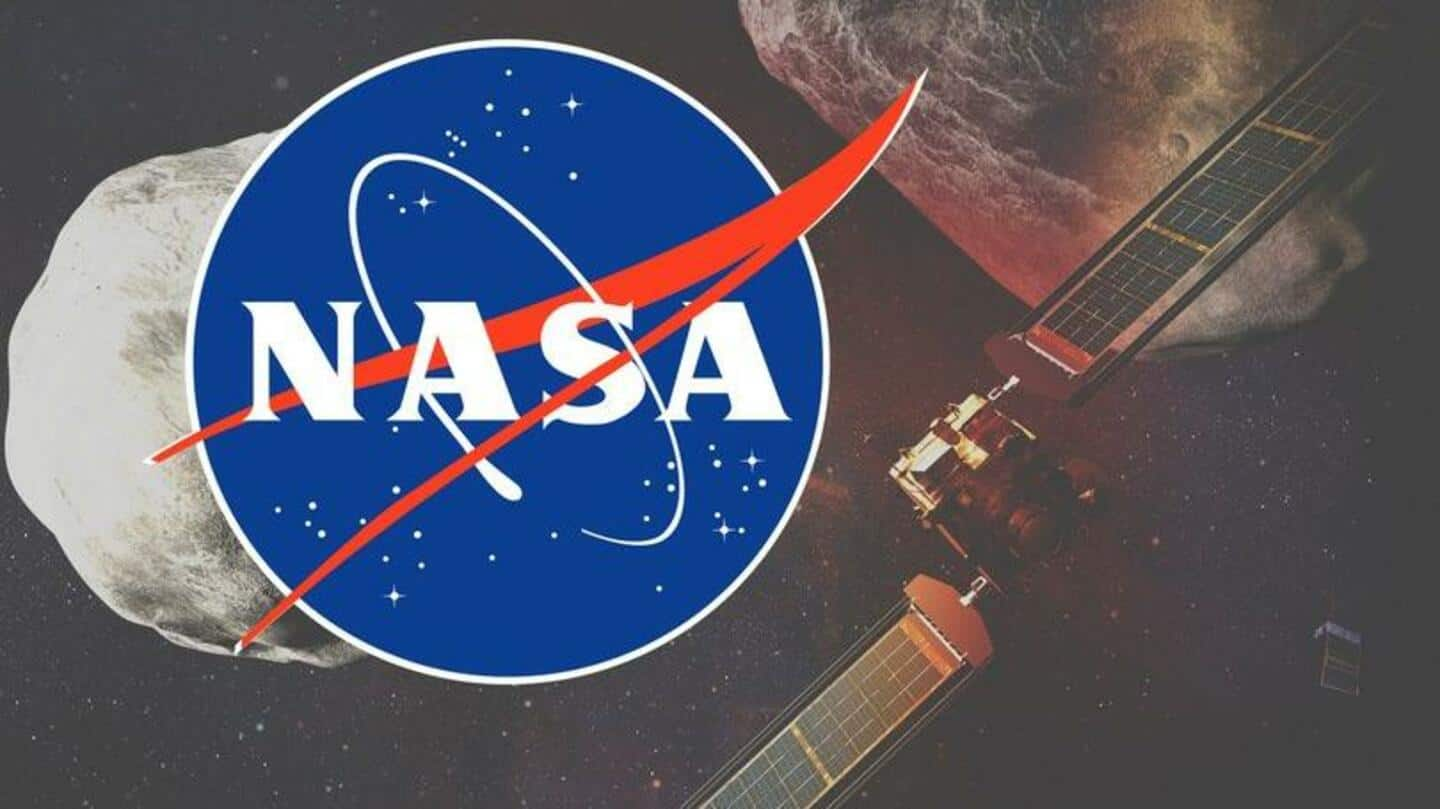
From Artemis to LOFTID: NASA's top 5 accomplishments in 2022
What's the story
2022 has been a record-breaking year for NASA.
The US-based space agency has achieved several milestones, including the historic Artemis 1 mission, the test demonstration of its LOFTID inflatable heat shield technology, the first-ever planetary defense test, the extremely detailed James Webb image of the cosmos, and much more.
Here's a list of NASA's top 5 feats from this year.
Artemis 1
Orion's journey to the Moon and back
Artemis 1, which took off on November 16, concluded successfully with the Orion spacecraft's splashdown in the Pacific Ocean on December 11.
Orion also traveled the maximum distance that any spacecraft built for humans has ever voyaged.
It also identified 13 candidate landing sites near the Moon's South Pole for the Artemis 3 mission, which will land astronauts on the Moon.
James Webb
JWST provided the clearest image of Neptune in decades
The first-ever image captured by the James Webb Space Telescope (JWST) revealed a galaxy cluster that lies 13 billion years away and is the farthest we have ever seen in the universe.
The space observatory also provided unprecedented details of the 'Pillars of Creation' and exoplanets and captured the clearest view of Neptune's rings.
It also provided ground-breaking images of the earliest galaxies.
Heat shield
The LOFTID technology can support future crewed missions to Mars
The test demonstration of Low-Earth Orbit Flight Test of an Inflatable Decelerator (LOFTID) also ended well. The 6-meter heat shield was the "largest blunt body aeroshell to ever go through the atmospheric entry."
It can land between 20-40 metric tons of payload on the red planet. It can also bring back objects from the ISS and can support crewed missions to Mars.
DART mission
DART was the first-ever planetary defense test
For the first time, the motion of a celestial object in space was altered via the Double Asteroid Redirection Test (DART).
The planetary defense test pushed its target asteroid Dimorphos into a new orbit around its parent asteroid Didymos.
The DART spacecraft crashed into Dimorphos at a speed of 22,530km/h and shortened its orbital path around Didymos by 32 minutes.
Other missions
Lunar Flashlight will look for unseen surface water on Moon
The Cislunar Autonomous Positioning System Technology Operations and Navigation Experiment (CAPSTONE) is the first-ever CubeSat to operate on the Moon.
It is positioned in the near-halo rectilinear orbit, the same orbit that will be used by Artemis' Gateway.
Recently, NASA launched a lunar probe called Lunar Flashlight, which is the first to use laser spectroscopy to look for undiscovered surface water on the Moon.
Information
The SWOT mission took to space on December 16
The Surface Water and Ocean Topography (SWOT) spacecraft, developed in collaboration with National Centre for Space Studies (CNES), recently lifted off on December 16. The $1.2 billion satellite, will conduct a global survey of nearly all water on Earth's surface, providing insight into climate change.